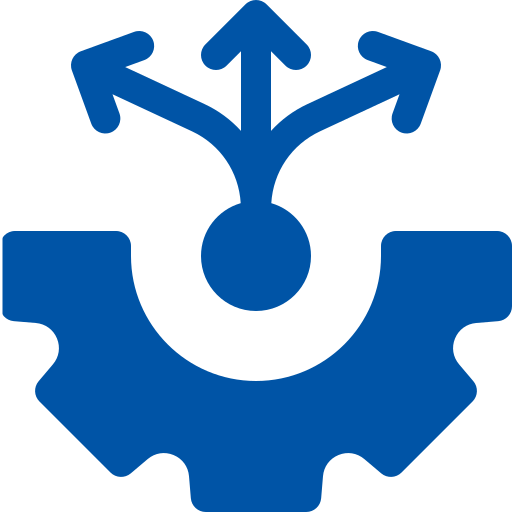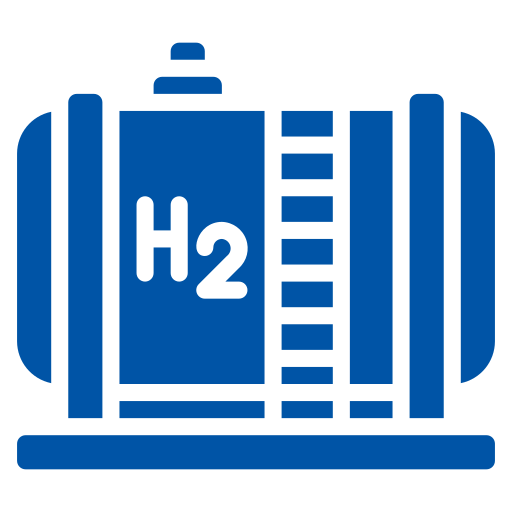What is an ISO Tank?
|
An ISO Tank is a tank container which is built to the ISO standard (International Organisation for Standardisation). ISO tanks are designed to carry liquids in bulk, both hazardous and non-hazardous. The tank is made of stainless steel and is surrounded by various types of protective layers. Different skins can be used with an ISO tank depending on the type of bulk cargo it is carrying.
It has a manhole on the top along with at least one valve and another valve on the bottom. They are shaped like a cylinder. Tanks are classified according to the specification of the tank shell and fittings. It is the classification which determines what type of product maybe carried. Although tank containers have a fairly uniform external appearance, the construction materials, linings, and fittings vary.
|
|
|
|

|
|
|
Advantages of an ISO Tank
|
| ISO tanks are designed to meet specific criteria according to the substance they will be carrying. They are very reliable and can withstand extreme pressure and damage. They are highly unlikely to leak, do not require additional packaging materials for the cargo, can maintain a specific temperature for temperature sensitive cargo and they can be transported by road, rail or boat.
|
|
|
|
| SAFE
|

|
| Stainless steel surrounded by an insulation and protective layer
|
|
|

|
|
|

|
|
| RELIABLE
|

|
| Built to the ISO standard (International Organisation for Standardisation)
|
|
|
|
|
| VERSATILE
|

|
| Both hazardous and non-hazardous products can be transported in tank containers
|
|
|

|
|
|

|
|
| FLEXIBLE
|

|
| Can be loaded and unloaded from the top and the bottom
|
|
|
|
|
|
Why ISO Tank?
|
Because ISO tanks are built according to the ISO standard, it is preferred medium of transport for bulk liquid products.
ISO tanks is reusable, recyclable & can be remanufactured, thus it is very environmentally friendly.
|
|
|

|

|
| No repair / inspection necessary
|
|

|

|
| No contamination of product if the tank is cleaned according to SOP
|
|

|

|
| Retain value
|
|
| 100%
|

|
| ENVIRONMENTALLY
|

|
| FRIENDLY
|
|
|
|
|
|
The Advantages of ISO Tank
|
|
|
|

|

|
| COST
|
|
|
- Save on purchase of new/reconditioned drums/IBC
- Save on palletization
- Reduce labor & handling cost to customers
- Reduced overall landing cost to end customers
|
|

|
- Tank containers are excellent for mid-term storage
|
|

|

|
| STORAGE
|
|
|

|

|

|
| CAPACITY
|
|
|
- Significant capacity per shipment advantage over either drums or IBCs
- Tank vs Drums: 6,960 liters (42%) higher capacity per shipment
(saves 1 of every 3 shipments)
- Tanks vs IBCs: 3,880 liters (20%) higher capacity per shipment
(save 1 of every 5 shipments)
|
|

|
- Drums and IBCs can subject to frequent damage during handling or shipment
- Residue in drums & IBCs can add up to substantial amounts very quickly
|
|

|

|
LOSS OF
PRODUCT
|
|
|

|

|

|
| CONTAMINATION
|
|
|
- Stainless steel tanks cleaned, and certified as clean prior to each load
- Drums/IBCs not cleanable
|
|

|
- Load/off-load is quick and fast
- Reduced need for manpower
|
|

|

|
| HANDLING
|
|
|

|

|

|
| SAFETY
|
|
|
- Reduced risk of injuries from product spillage and/or vapors
- Tanks specifically designed to contain hazardous products
- Pressure/vacuum relief valves
- Insulation
- Thick shell
|
|
|
|
The ISO Tank
Potential Pitfalls
|
|
|
lack of tank handling expertise can
lead to damages, loss of product,
contamination & accidents
|
|

|
|
|

|
|
shipper-owned iso tank containers with
hazardous chemicals first to be shut out
(in full ship scenario)
|
|
|
|
|
loading tank container over 95%
can lead to leakage
|
|

|
|
|

|
|
shipper and consignees
resistance to change
|
|
|
|
|
|
|
|